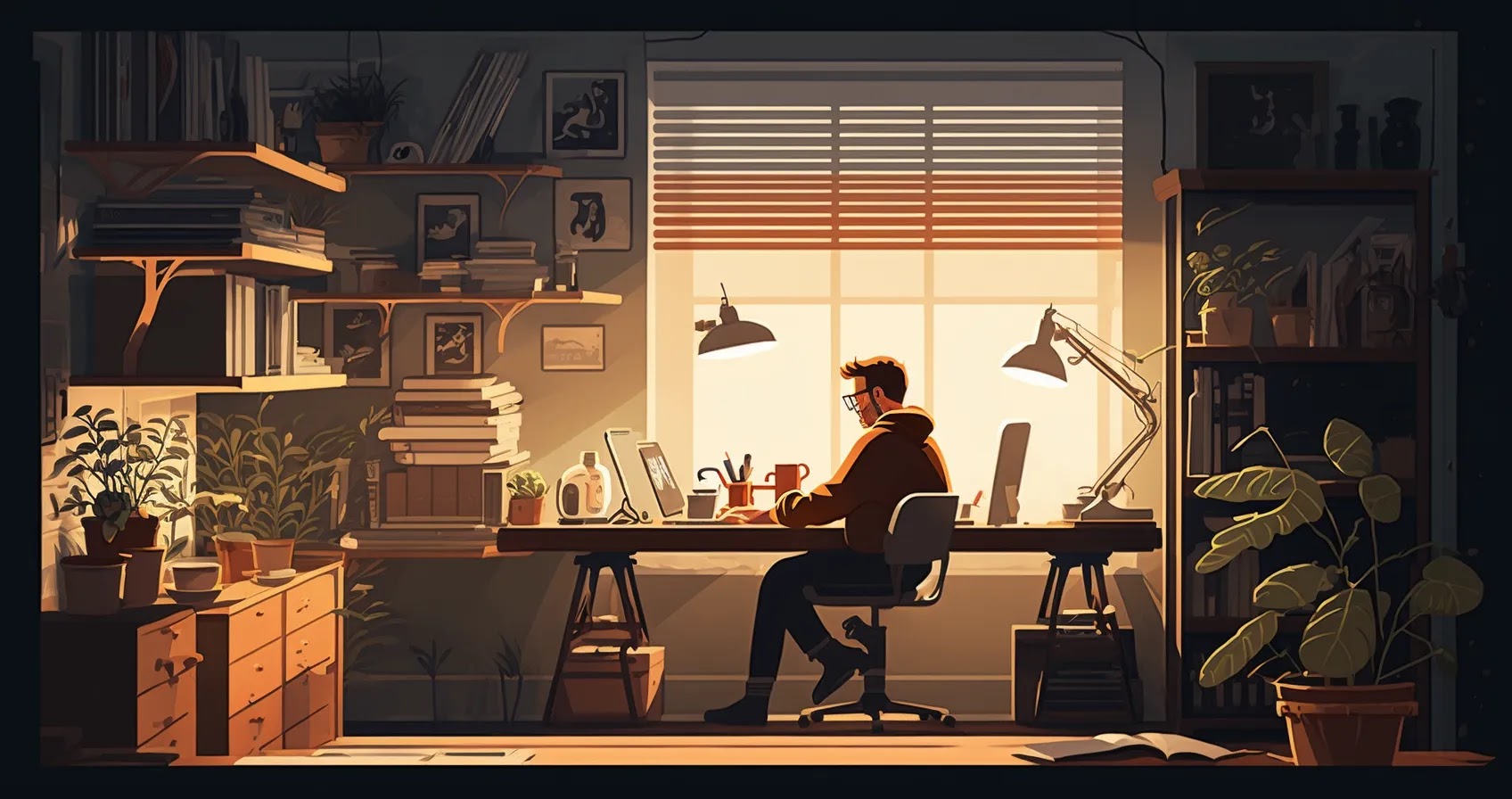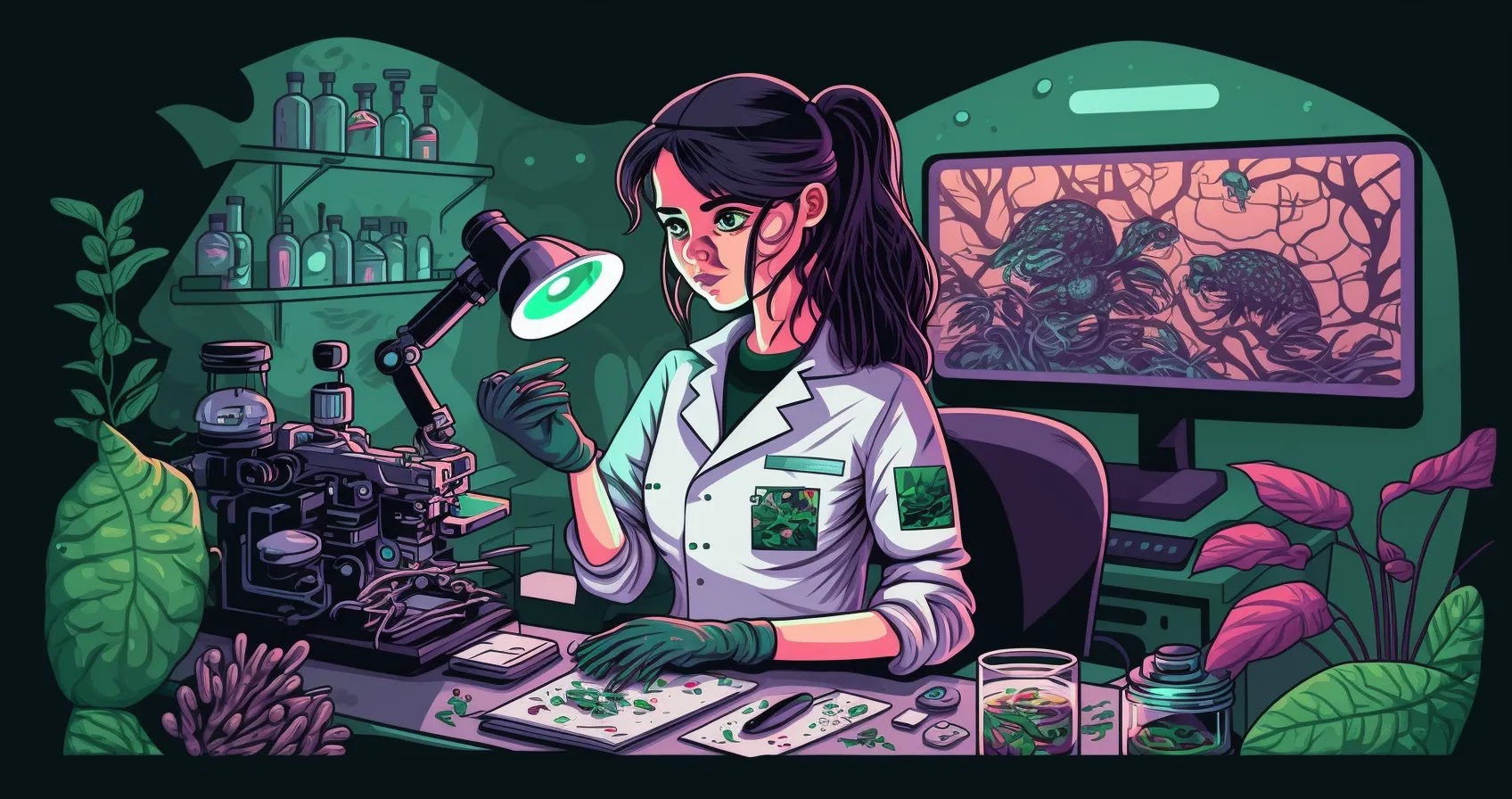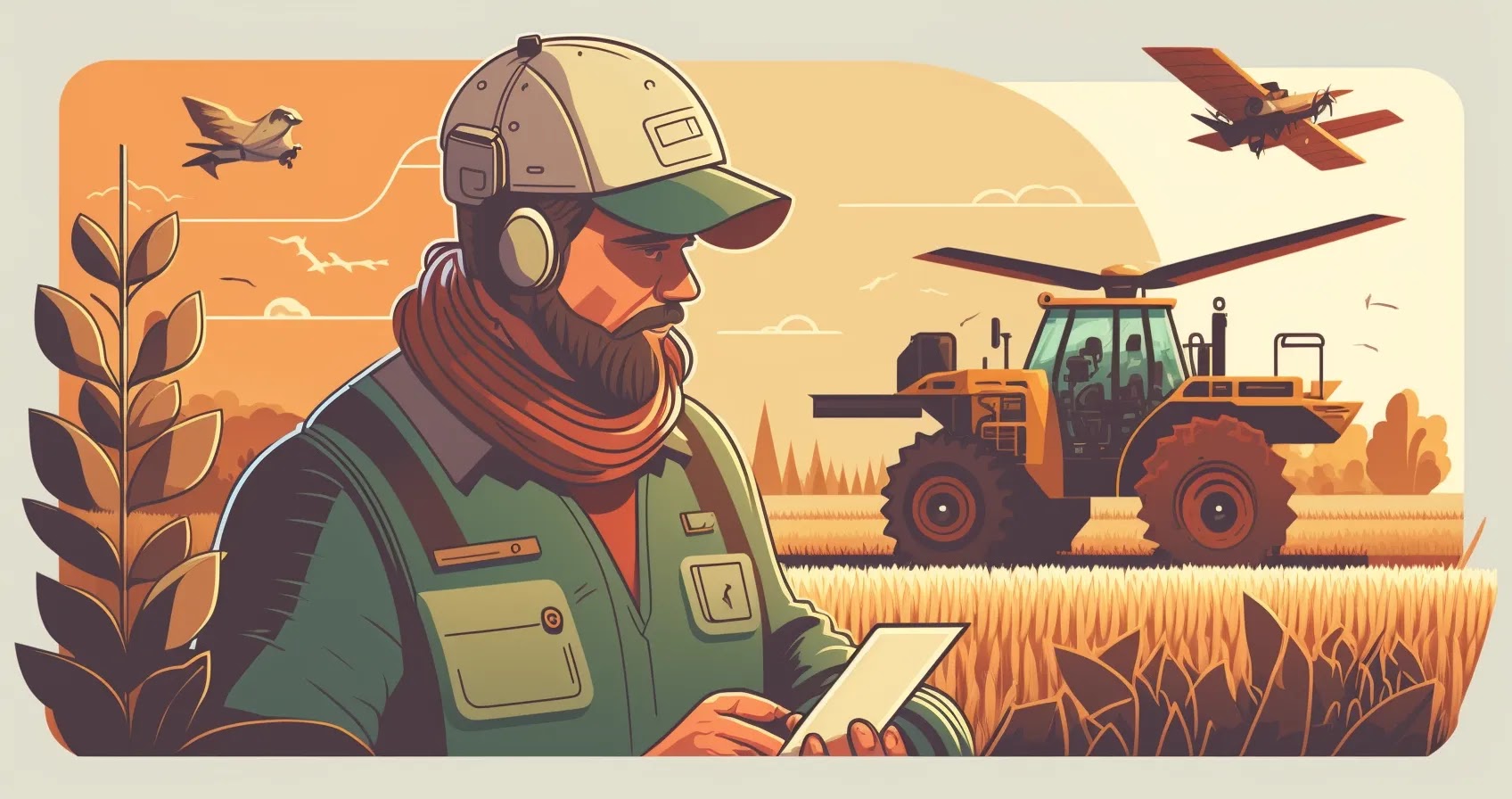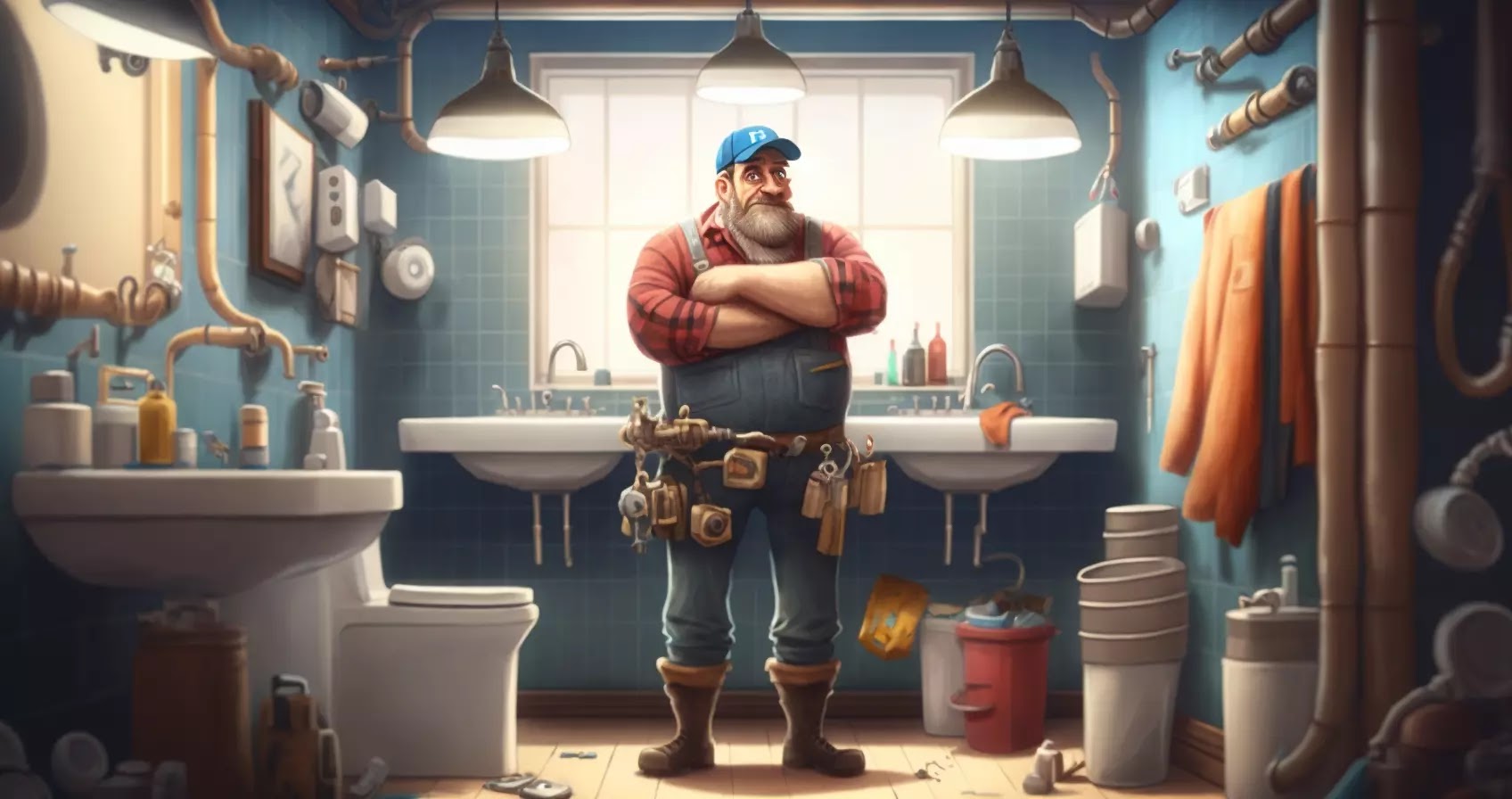Are you a creative individual with a passion for drawing and creating visually appealing designs? If so, becoming an Illustrator might be the perfect career path for you!

Quick Navigation:
Why become an Illustrator?
Illustrators are in high demand in a variety of industries, including advertising, publishing, and media. They are responsible for creating eye-catching visuals that capture the attention of a target audience.
As an Illustrator, you’ll have the opportunity to work on a variety of projects, including book covers, advertisements, and websites. The job of an Illustrator allows for a great deal of creative freedom, allowing you to express yourself through your work.
How to become an Illustrator?
To become an Illustrator, you will need to have a strong background in art and design. Many Illustrators have a degree in Fine Arts or Graphic Design, but this is not always necessary.
It’s important to develop your skills in drawing, painting, and digital design tools such as Adobe Illustrator and Photoshop. You can also gain experience by working on personal projects or interning with a design firm.
Skills for Illustrators
Being an Illustrator requires a variety of skills, including a keen eye for detail, the ability to work under pressure, and excellent communication skills.
You should have a strong understanding of color theory, composition, and typography. Also, you should be proficient in digital design tools and have a portfolio of work that demonstrates your abilities.
Career development for Illustrators
As an Illustrator, you can specialize in a specific area of design, such as book illustration, editorial illustration, or advertising. You can also work as a freelancer or start your own design firm.
With experience, you can advance to a senior Illustrator position or become an Art Director.
Requirements for Illustrators
To become an Illustrator, you’ll need a strong portfolio of work that showcases your skills and abilities.
You may also need to have a degree in Fine Arts or Graphic Design, depending on the employer’s requirements. You should be proficient in digital design tools such as Adobe Illustrator and Photoshop.
Interview preparation for Illustrators
During an interview for an Illustrator position, be prepared to showcase your portfolio and discuss your creative process.
Be sure to demonstrate your ability to work under pressure and your communication skills. You may also be asked to complete a design challenge or demonstrate your proficiency in a specific design tool.
Work-life balance for Illustrators
As an Illustrator, you may have a flexible work schedule, allowing you to balance your personal life with your career. However, you may also need to work long hours to meet project deadlines.
A day in the life of an Illustrator
| Time | Task |
|---|---|
| 9:00 AM | Check emails and respond to client inquiries |
| 10:00 AM | Sketch out ideas for a new book cover design |
| 12:00 PM | Lunch break |
| 1:00 PM | Begin working on the book cover design in Adobe Illustrator |
| 4:00 PM | Review work with Art Director and make revisions |
| 6:00 PM | Wrap up work for the day |
Types of Illustrator
- Product illustrator
- Editorial illustrator
- Children’s book illustrator
- Comic book illustrator
- Courtroom illustrator
- Medical illustrator
- Storyboard illustrator
- Technical illustrator
- Fashion illustrator
- Forensic illustrator
- Concept art illustrator
- Product packaging illustrator
FAQs
Do I need a degree to become an Illustrator?
What is the average salary for an Illustrator?
Can I work as a freelance Illustrator?
Wrapping up
If you have a passion for creating visually appealing designs and a strong background in art and design, becoming an Illustrator may be the perfect career path for you.
With a variety of career opportunities available and a flexible work schedule, you can achieve a fulfilling career as an Illustrator.










